Selected Case Studies
BUSINESS ISSUE
A $1 billion, 3,000 employee worldwide division of a mineral drilling manufacturer with three manufacturing locations and 26 field sales locations needed to improve forecasting and inventory turns. Phase one of the project was to improve sales demand forecasting in North America to:
Improve forecast accuracy
Increase forecast coverage from 25% to 70% of COGS
Increase frequency of forecasting from quarterly forecasts to weekly
APPROACH
Jeff Jackson conducted a 3.5-day Lean Business Process kaizen using data that had been gathered ahead of time at his request. The team consisted of cross-functional representation from Finance, Operations and Sales.
BUSINESS RESULTS
The kaizen identified the following improvements to achieve the stated goals:
Creation of a part number hierarchy focused on how customers order to enable more frequent forecasting on fewer line items, but increased product coverage.
Development of site-specific forecasting templates to allow all 26 sites to forecast their top 70% of COGS vs. some sites not providing forecasts at all.
Development and formalization of policies and procedures to ensure proper use of forecast drivers by all sites in SAP to improve accuracy and avoid shipping items even when demand had shifted.
Formalization of the forecasting process to identify who needs what information on a weekly, monthly and quarterly basis to capture and communicate forecast information to sales, operations/manufacturing and finance.
BUSINESS ISSUE
A $750 million metals recycling and processing firm with 20+ field locations needed to improve inventory turns and achieve SOX compliance in yard operations to:
Improve yard operations and achieve consistent operations processes in all yards
Improve inventory turns
Conduct inventory zeroing on an ongoing basis in all yards
Decrease the number of inventory adjustments due to estimation and yard operations
APPROACH
Jeff Jackson developed and analyzed current state process maps for yard operations in shredding, baling, torching, and sorting. Jeff also developed and analyzed current state process maps for yard transfers processes.
BUSINESS RESULTS
The analysis resulted in the following improvements:
Future state process maps were created and documented to provide consistent business process for all yards.
Policies and procedures were developed and communicated to support new business processes.
Training was provided to all yards on inventory zeroing policies and procedures to improve accuracy of inventory values.
Training was provided to all processing yards on new operations processes for baling, shredding, torching and sorting scrap.
SOX compliance was achieved for yard operations covering inventory reporting and zeroing, daily production reporting and yard transfers.
Yard operations manual was created documenting all procedures to follow in the yards.
BUSINESS ISSUE
A $250 million sales and manufacturing site of oil and gas valves and measurement systems needed to improve their sales order processing cycle time and quality. A project was established to:
Decrease the time it takes to respond to a Request for Quotation (“RFQ”)
Decrease the time it takes to process Purchase Orders (“PO”)
Increase the accuracy of sales orders to the shop floor
Improve on-time deliver to the customer
Organize the sales order administration department to better service the customer
APPROACH
Jeff Jackson conducted a 3-day Lean Business Process kaizen using data that had been gathered ahead of time at his request. The team consisted of cross-functional representation from Outside Sales, Sales Administration and Operations.
BUSINESS RESULTS
The kaizen identified the following improvements to achieve the stated goals:
Creation of co-located sales order processing teams made up of dedicated resources from Sales, Documentation, Technical Services and Contract Administration and shared resources from Quality, Engineering and Operations to improve response time to customer on RFQ’s and PO’s
Initiation of cross-functional kick-off meetings to avoid costly and time-consuming serial processing of sales orders across 7 departments to improve quality of PO processing.
Improved timing of approved technical documentation earlier in the process to avoid costly rework and mistakes in customer specifications to Manufacturing.
Documentation of technical requirements and instructions developed within the Bill of Materials to avoid mistakes and improve communications between Engineering and Manufacturing.
On Time Delivery increased by 20%
Purchase Order processing cycle time reduced by over 60%
Business Unit Head is now driving sales planning out 2-3 months instead of having to focus on weekly fire drills to meet revenue.
BUSINESS ISSUE
A $250 million sales and manufacturing site of oil and gas valves and measurement systems needed to improve the responsiveness and effectiveness of their Quality Department. A project was established to:
Improve the quality of the Customer Inspection process.
Improve accuracy and timing for the development of inspection documentation.
Reorganize the Quality department to align with new sales order administration processes.
APPROACH
Jeff Jackson conducted a 2-day Lean Business Process kaizen. The team consisted of cross-functional representation from Quality, Sales, and Operations.
BUSINESS RESULTS
The kaizen identified the following improvements to achieve the stated goals:
Reorganization of the Quality department with a new Quality Manager reporting to the plant Vice President to improve the focus on quality across the plant.
Development and approval of Customer Inspection Testing Procedures much earlier in the manufacturing process to improve timing of customer inspections and avoid costly rework.
Created a dedicated inspection scheduling role to improve customer responsiveness and improve inspection planning.
Created a formal Inspection Specialist role to improve customer satisfaction with inspections and to ensure issues could be dealt with immediately, avoiding costly rescheduling of inspections that prolong delivery.
BUSINESS ISSUE
A $250 million sales and manufacturing site of oil and gas valves and measurement systems needed to improve their sales order processing cycle time and quality. A project was established to:
Decrease the time it takes to respond to a Request for Quotation (“RFQ”)
Decrease the time it takes to process Purchase Orders (“PO”)
Increase the accuracy of sales orders to the shop floor
Improve on-time deliver to the customer
Organize the sales order administration department to better service the customer
APPROACH
Jeff Jackson developed and analyzed current state process maps for yard operations in shredding, baling, torching, and sorting. Jeff also developed and analyzed current state process maps for yard transfers processes.
BUSINESS RESULTS
The analysis resulted in the following improvements:
Future state process maps were created and documented to provide consistent business process for all yards.
Policies and procedures were developed and communicated to support new business processes.
Training was provided to all yards on inventory zeroing policies and procedures to improve accuracy of inventory values.
Training was provided to all processing yards on new operations processes for baling, shredding, torching and sorting scrap.
SOX compliance was achieved for yard operations covering inventory reporting and zeroing, daily production reporting and yard transfers.
Yard operations manual was created documenting all procedures to follow in the yards.
BUSINESS ISSUE
Two separate private equity firms needed help to study the potential benefits of combining two companies that each of the two firms owned. The two companies competed in providing sales and installation of a specific component within the housing industry - to protect their identities we will not divulge that component, but combined sales for the two companies exceeded $200 million.
The key questions asked:
Could two major facilities be consolidated into one facility using state-of-the-art Lean Manufacturing concepts?
Which IT systems should be chosen that would support the new combined entity best?
What would the operational and purchasing savings be?
APPROACH
Troy Bourgeois focused on working with both Purchasing teams to determine the opportunity for savings based on volume, different price points obtained at the same suppliers, and an analysis of leveraging existing China sourcing initiatives to a larger degree.
Ric Schildwachter focused on applying lean principles and worked with both Operations Managers to come up with product flows that could be accomplished in the smaller of the two facilities. Ric also used his past experience in consolidating operations to obtain a detailed cost analysis for moving the larger facility operations to the smaller facility.
Jeff Jackson dove into the costs of Operational and Purchasing line items in their P&L, including detailed and exact numbers on the amount of manpower supporting all of the numbers. He then modeled these inputs into a financial statement that clearly illustrated the outcomes of the efforts in Purchasing and Operations, along with the costs savings of moving to one facility. Jeff also provided the financial leadership in developing 3-year quarterly financial statements (income statement, balance sheet and cash flow) forecasting the impacts of Purchasing and Operations synergies, including the consolidation of facilities. Jeff led the effort to assess the IT capability of each company and provided recommendations on the future integration of IT systems to support the combined companies in the future.
BUSINESS RESULTS
Over $15 million in annual operational savings were realized broken up in the following categories:
$4 million in purchased products
$4 million in labor as a result of the lean product flows and a reduced labor rate at the smaller facility
$7 million in manufacturing support and distribution costs as a direct result of the lean product flows and reduced inventory
BUSINESS ISSUE
A $17 million, 77-employee herb packaging plant needed to address quality issues that had negatively impacted customer satisfaction. Two of the businesses biggest customers were ready to leave. The plant was scheduled to be consolidated in the next six months. To prepare for the transition, the following was required:
Meet with unhappy customers and develop a plan for improvement to keep them from leaving.
Take over general management of the plant and stabilize workforce to ensure smooth consolidation.
Create a program so current employees could transfer to new location.
Use Lean Principals to make productivity improvements that would be implemented at the new site.
APPROACH
Jeff Jackson took over as General Manager of the plant and immediately met with customers to identify issues and develop a plan to improve quality. Jeff also used Lean Principals to improve productivity throughout the plant. He worked closely with senior management and line management to ensure a smooth consolidation.
BUSINESS RESULTS
During his tenure, Jeff accomplished:
Improved customer satisfaction for all customers, but particularly for the two large customers that were ready to leave.
Improved packaging productivity by 25%.
Improved labeling and master packing by 30%.
Established quality control processes that included shelf life studies and opening communication and setting expectations with inbound suppliers.
